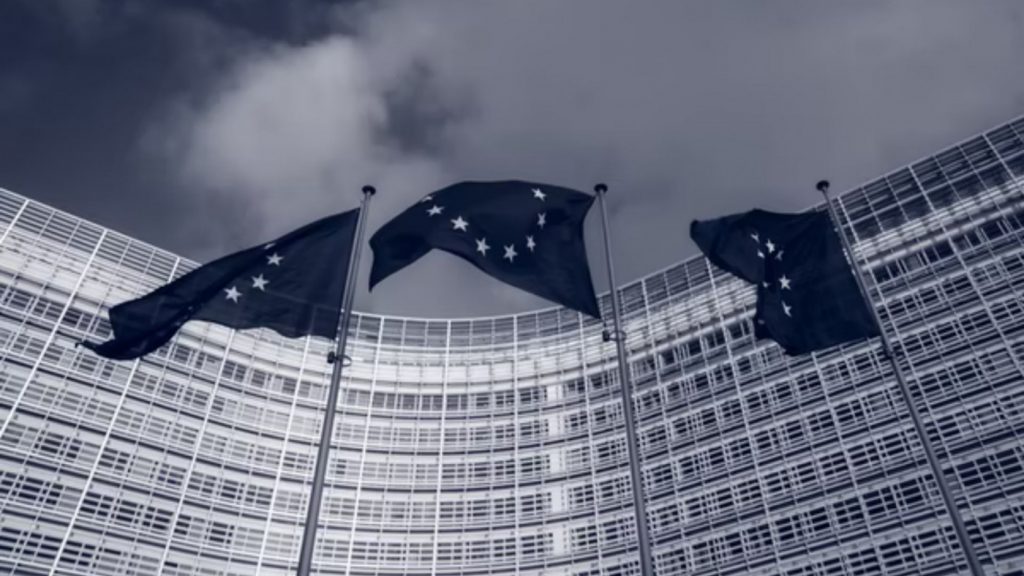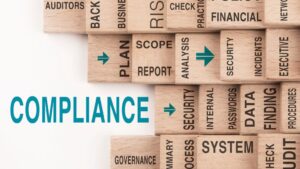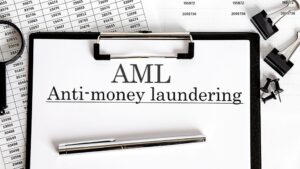While the EU (European Union) has had its part of current high risk countries for money laundering issues and controversies, such as those involving Danske Bank, Swedbank, ABLV, and Rabobank, it is also attempting to shield itself from dangers from the outside, specifically from “high-risk third nations. The goal was to assist defend the credibility of the EU financial system by authorizing the European Commission to propose a “Delegated Regulation.
Table of Contents
Key TakeawaysResistance To Previous Attempts At An EU List Of High Risk Countries For Money LaunderingThe European Union High-risk Third CountriesDuplication Of Efforts On The High-risk Third CountriesMauritius As A StandoutFirst-hand Insights For High Risk Countries For Money LaunderingConsiderations For Risk and Compliance PractitionersSummary
Key Takeaways
The revised listing of high-risk third countries goes into action on October 1, 2020, where at point impacted enterprises must implement adequate rules and regulations.The updated list of high-risk third nations corresponds to the Money Laundering FATF’s recommendations.The measure is a step forward for the EU in its efforts to combat money laundering and terrorist financing within the bloc. More actions and reviews are being implemented to bolster the EU’s anti-money laundering and counter-terrorist financing abilities.
Resistance To Previous Attempts At An EU List Of High Risk Countries For Money Laundering
The European Union’s raised third-country figure was published on February 13, 2019, although it sparked great public criticism, particularly in the United States and Saudi Arabia, and the European Commission rejected the list on March 7, 2019. Regulation 2 of the high-risk AML countries was done in early 2021.
Saudi Arabia voiced concern about the European union’s decision to include these on the file, though the Americans proceeded even farther in their retaliation. United States Department of Treasury expressed deep disappointment concerning its track as well as the faulty mechanism used to compile it, noting that the Financial Action Task Force (FATF) that fight the high risk countries for money laundering consistently compiles a list of high-risk countries with AML/CFT deficiencies via a rigorous approach. This Agency’s list doesn’t have United states Samoa, Guam, Puerto Rico, or the United Virgin Islands, and the Treasury Department didn’t imagine United states banking organizations including it in their anti-money laundering and counter-terrorist financing policies and procedures.
The European Union High-risk Third Countries
The European Union passed a new Delegated Regulation EU 2020/855 in 2020, that adds the countries listed below to the list of high-risk third countries.
BahamasBarbadosBotswanaCambodiaGhanaJamaicaMauritiusMongoliaMyanmar/BurmaNicaraguaPanamaZimbabwe
The above-mentioned twelve countries would be included in the high-risk third countries;
AfghanistanDemocratic People’s Republic of Korea (DPRK)Iran IraqPakistanSyriaTrinidad and TobagoUgandaVanuatuYemen
The countries listed below have been removed from the list of high-risk countries;
Bosnia-HerzegovinaEthiopiaGuyanaLao People’s Democratic RepublicSri LankaTunisia
As a result, eighteen countries are classified as high-risk third countries.
Duplication Of Efforts On The High-risk Third Countries
The Agency’s record seemed to be quite identical to the Financial Action Task Force research in recognizing nations with systemic inadequacies, and this is due to the Authority’s approach stating that it uses the Financial Action Task Force lists as the main basis. The agency combats high risk countries for money laundering. It professes to contribute to them by conducting an independent evaluation of new countries. The method entails evaluating legislations and their effectiveness in eight jurisdictions by examining the countries’ policies on
the finance system, there are standards for customers risk analysis, documentation, and notice of questionable exchangesmoney laundering and terrorism funding should be made illegaldetails about the share capital of registered individuals and legal procedures are available and exchangedthe non-financial area, similar standards applycompelling officials’ powers and processesIn the occurrence of, a violation there must be a strong deterrent, equitable, and adequate punishmentsserious financial penalties are being enforcedtheir worldwide partnership experience.
Asserting which it has been a self-governing evaluation which enhances FATF’s job which is to fight the high risk countries for money laundering, the 8 jurisdictions the Authority deems from its review are very equivalent to what Financial Action Task Force will also replace in their Mutual Evaluation Reports (MER), so many may perceive it as a recurrence of accomplishment.
Mauritius As A Standout
Mauritius is among the countries also on revised European Union high-risk third-country ranking which also exists out. Between 2019 to 2020, the country was the subject of the Mauritius Leaks, an analysis conducted by the International Consortium of Investigative Journalists. The probe prompted the release of two hundred thousand papers from legal agency Conyers Dill & Pearman, which included email deals, and corporate strategies from KPMG and Clifford Chance. According to the International Consortium of Investigative Journalists, the records indicated efforts by firms and persons to evade taxation in nations like Egypt, Mozambique, and Thailand by using laws that permit them to do so.
According to the inspections, the firm’s settings are just “hollow” or “stainless tray” entities that just operated in Mauritius via contact details. Global corporations thus permitted to divert cash via ‘resident’ shell businesses, incurring an actual wage of 3 percent fewer to escape incurring significantly excessive taxes in foreign countries. Multiple taxation agreements, designed to prevent foreign investors from being taxed repeatedly on equal earnings, exacerbated the problem. When global organizations use such accords with several other vulnerabilities to channel money through shell companies in money laundering, some of the world’s poorest countries can forfeit billions of dollars in tax revenue.
Despite rejecting accusations of being a “tax dodge,” Mauritius was alleged to have reacted by enacting stronger laws to combat tax evasion. Zambia’s tax pact with Mauritius expired in mid-2020, and Senegal’s pact with Mauritius expired early this year.
Apart from the probes, opponents have questioned Mauritius’ inclusion on the EU’s high risk countries for money laundering database, particularly in comparison to nations like Ethiopia, which was deleted. It poses difficult concerns about the Commission’s strategy for classification. Mauritius’ authorities announced in mid-2020 that it had opted to expedite the implementation of items from its FATF planning process. The goal is to finish operations by August 2020, instead of by the close of the season in the hopes of persuading the Commission to reevaluate Mauritius’ inclusion on the European Union rundown of high risk countries for money laundering.
First-hand Insights For High Risk Countries For Money Laundering
Despite working at several institutions, I’ve witnessed firsthand how difficult it is to adopt accurate country risk assessments. A multinational bank produced country risk assessments based on an ad hoc and transparent approach. The bank faced a considerable money laundering risk because the national risk ratings in use were inefficient. I presented ratings for a lot of nations identified as minimal risk, as well as nations still not on the list, using a variety of criteria like the Basel AML Index, Global Terrorism Index, Corruption Perception Index, and FATF high-risk countries lists.
Without such a rudimentary computation and breakdown, countries that ought to be high risk remained identified, — particularly since several were considered to be high-risk internationally but haven’t been included in the bank’s country risk list in any way. But, as part of an official upgrade to its anti-money laundering operation that is high-risk AML, the bank updated its countries risk assessments.
Considerations For Risk and Compliance Practitioners
While several financial institutions presently utilize further highly complicated techniques to create countries risk scores, like using extrinsic benchmarks and publications like the FATF, the FATF high risk countries for money laundering list is so far something else to contribute to techniques, that could provide far less in the manner of a substantial shift in risk profile as a whole but will still add to regulatory initiatives. Although constantly tracking further development could be challenging, it does pose considerations that financial institutions should examine, such as how frequently they examine their risk assessment process. When employing a manual approach various resources and revisions may deem it useless so should they be contemplating the implementation of technologies to effectively handle providers of information and improvements? Can firms be capable of adjusting to a subtle spike in risk aversion in a specific state? So after a political issue in Qatar erupted in 2017, I asked, What is the bank’s legal access? How did they intend to make any modifications to country risk evaluations?
Summary
The banks and financial institutions need to be aware of Point 29 of the 4AMLD, which states that: “The Member States should at least provide for enhanced customer due diligence measures to be applied by obligated entities when dealing with natural persons or legal entities established in high-risk jurisdictions.”





